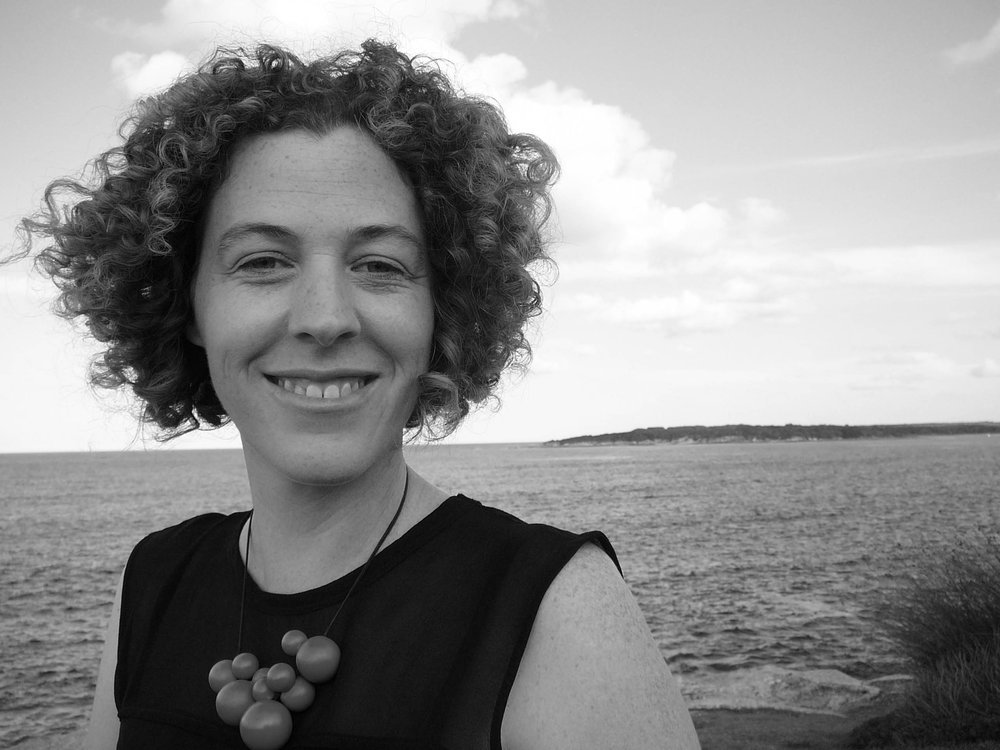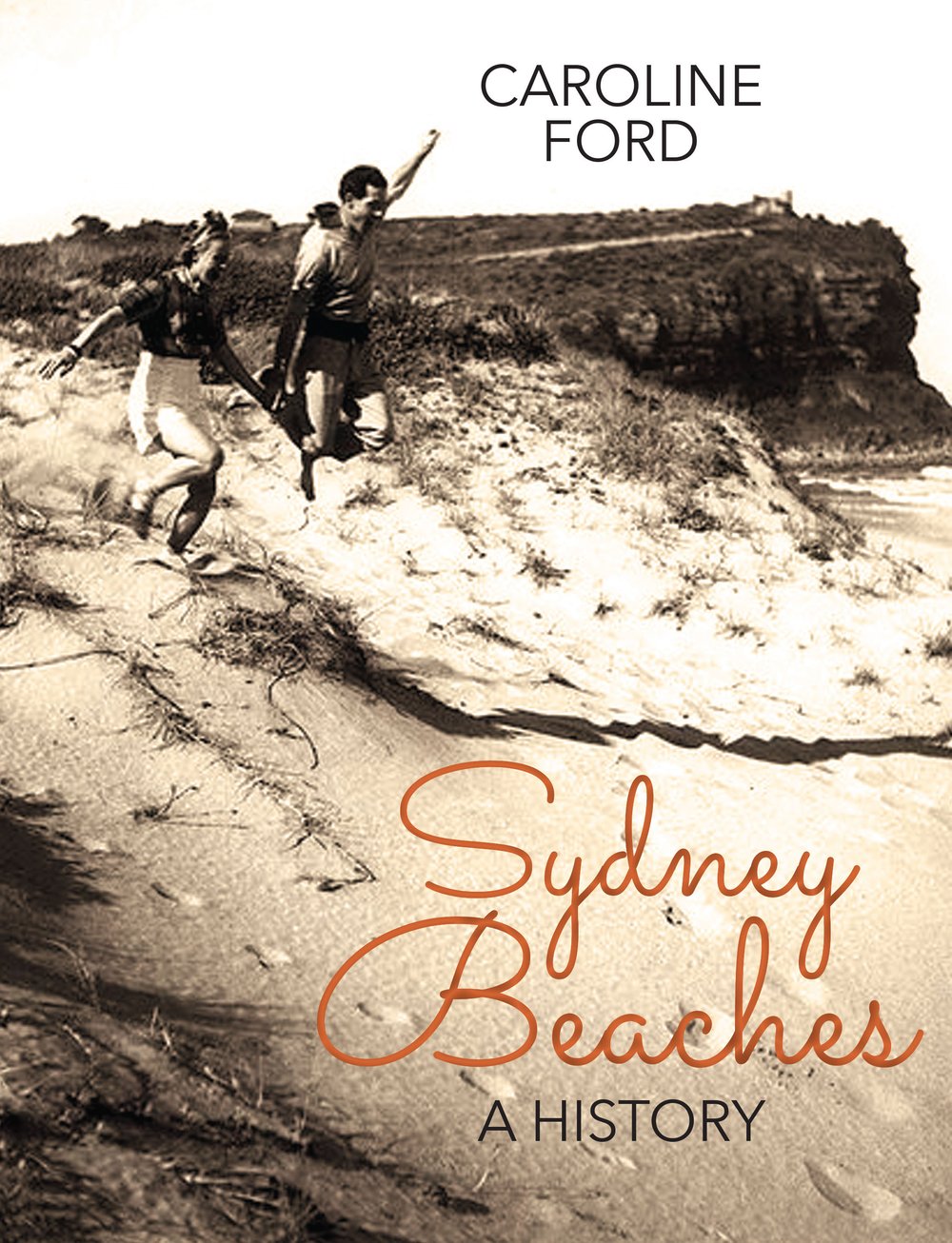From feared as a menace to championed by conservationists and surfers, the author of Sydney Beaches looks at our shifting attitudes to sharks.
On a drizzly Saturday afternoon in February 1922, surf lifesavers from across Sydney’s eastern suburbs gathered at Coogee Beach for an inter-club carnival. With time to spare before it started, three members of the Coogee Surf Life Saving Club dived into the surf from the rocks beneath the clubhouse for a swim. Among them was Milton Coughlin, an 18-year-old junior member who only a week earlier had been involved in rescuing a surfer at nearby Maroubra Beach.
A small crowd of lifesavers watched the swimmers catch a few waves before Coughlin saw a shark and warned his fellow bathers. As he stretched out to swim to shore, Coughlin was attacked, the shark badly mauling both his arms. He was treated by the club doctor in the clubrooms and rushed to Sydney Hospital but died shortly afterwards. He was buried two days later at Randwick cemetery in front of thousands of mourners. His coffin had been carried on the shoulders of four members of the Coogee Surf Club and hundreds of surf lifesavers, from across Sydney and as far away as Newcastle, attended the funeral. Two local Members of Parliament attended on behalf of the Premier. The city was in shock.
The overwhelming public and political response was provoked by the suddenness and severity of the attack. This was the first fatal shark attack on a Sydney ocean beach in the nearly two decades since daylight surf bathing had first been allowed, and the first on record. Suddenly, something bathers had long feared had become a terrifying reality.
Over the next 16 years there would be a total of 16 shark attacks at Sydney’s most popular ocean beaches, half of them fatal, and all of them reported in macabre detail in the Sydney press.
Shark attacks occurred less frequently in the postwar decades but the fear persisted. The generations whose beach experiences were shaped during the spate of attacks in the 1920s and ‘30s undoubtedly passed their anxieties about the dangers of beach swimming onto later generations.
The myths that have sprung up as a result of a somewhat exaggerated fear of sharks in Australia created an interest in the very creatures they were demonising. Sharks have been described as Australia’s ‘oldest obsession’, the fear of them ‘integral in the national psyche’.
There have been no fatal shark attacks on the Sydney ocean coast in the 75 years since a meshing program instituted by the NSW government began. Attacks have become so rare that an attack on a Bondi surfer in 2009 shook the city almost as much as the death of Milton Coughlin had 87 years earlier.
But a global conservation ethic began to pervade local debates about sharks and the threat they posed to bathers. People began to question the environmental cost of the meshing program, suggesting that the impact the nets were having – not just on shark populations but on marine mammals and other large fish – was too high a cost for 'an Aussie day at the beach'.
In late 2013, when the Western Australian government announced that it would ‘cull’ large sharks found within one kilometre of popular beaches, the announcement was condemned by conservationists and beachgoers across Australia, sparking protests on beaches as far away as New Zealand. It reincited the national discussion about sharks and beaches, and the role governments play – or should play – in protecting people in the surf. News organisations and politicians may like to play to peoples’ fear, but in the public mind sharks are no longer the predatory ‘monsters’ they were once feared to be.
The shark meshing program and the notable decline in shark attacks on the Sydney coast from the 1940s placated Sydney beachgoers. But swimmers and surfers continue to jump at shadows in the surf. We probably always will. Whether seen or unseen, sharks always have been and will continue to be a part of the Sydney beach.
This is an edited extract from Sydney Beaches: A history, out now from NewSouth. Read more from the author at her website.

